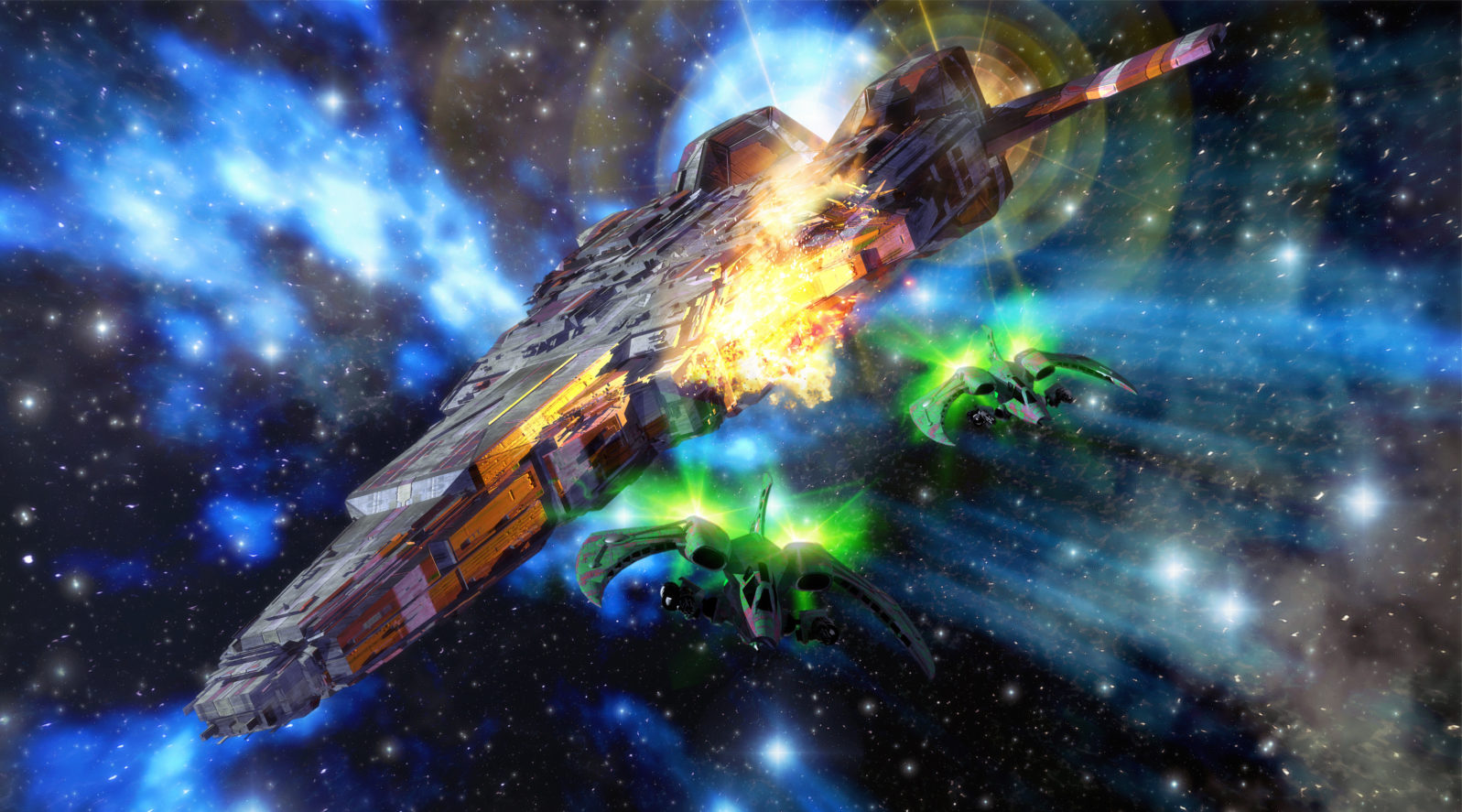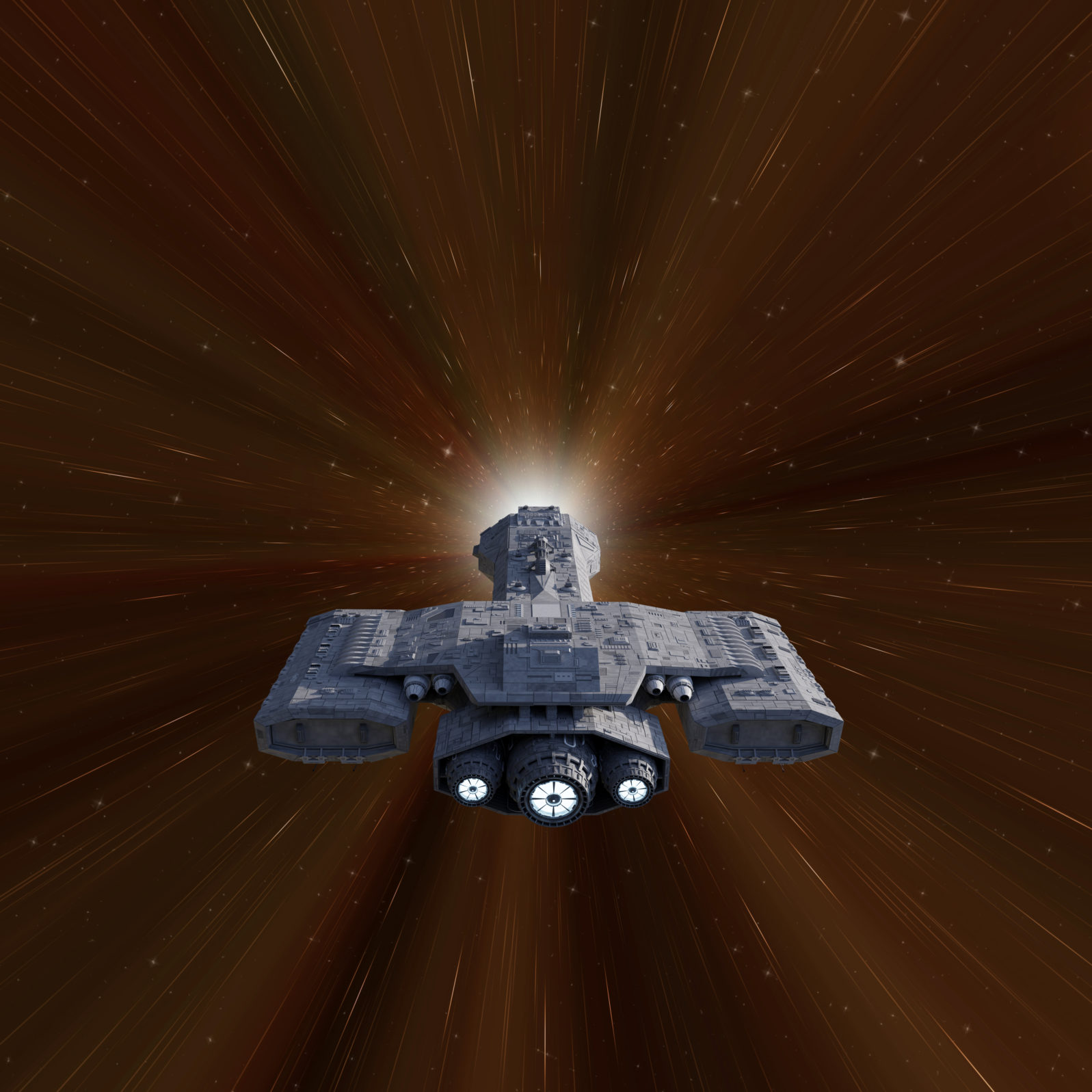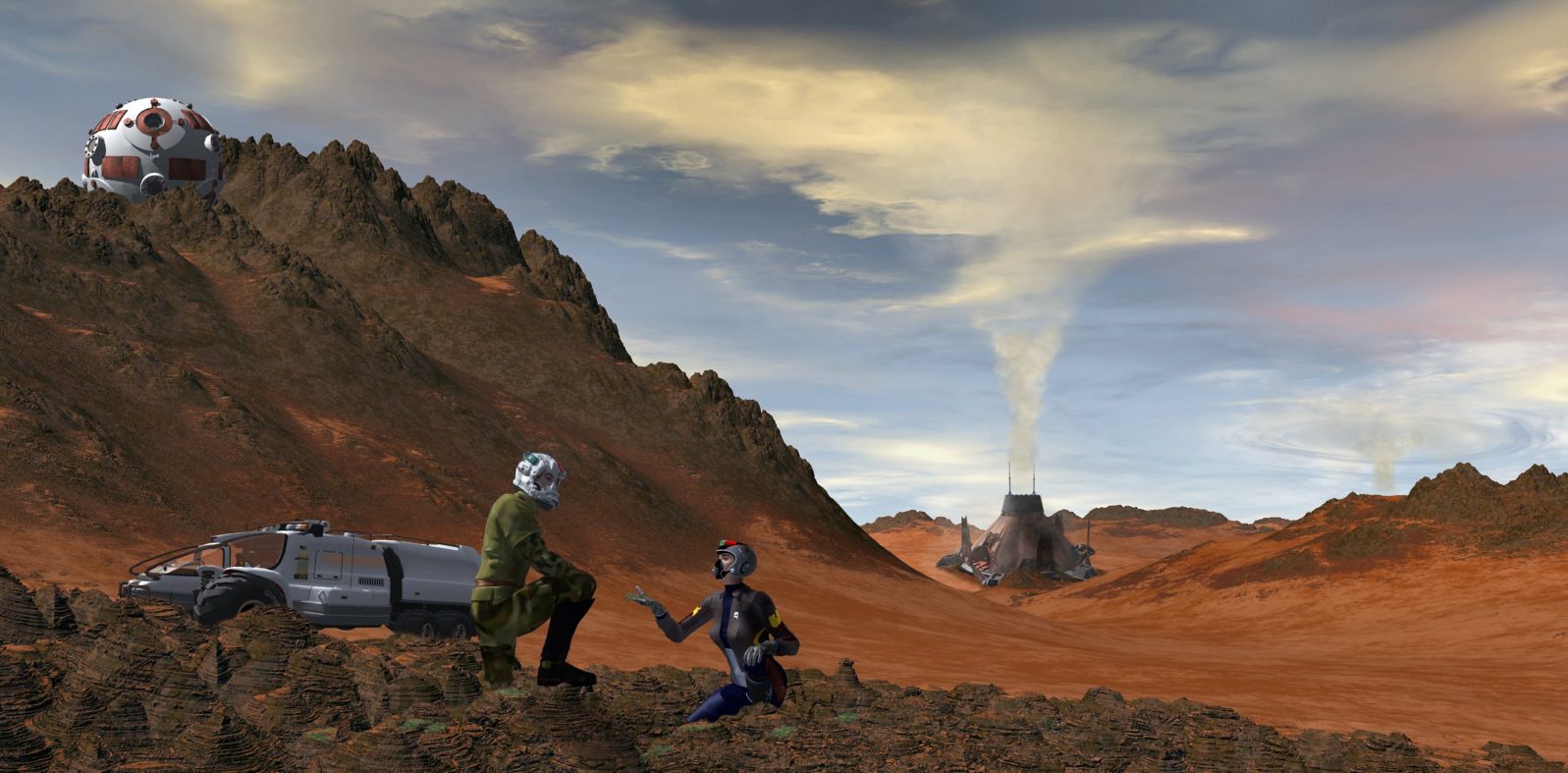Firefly: Can Science Fiction Reimagined As The Wild West Work?
I strongly recommend the original 2002–2003 series for its careful development of the culture that grows up around world-building (terraforming)I recently read an article in Screen Rant which claimed that Disney+ was planning a Firefly series remake.
A trailer for the original:
Five hundred years in the future, a renegade crew aboard a small spacecraft tries to survive as they travel the unknown parts of the galaxy and evade warring factions as well as authority agents out to get them. (2002-2003)
When I heard this rumor, I felt like Darth Vader screaming No! into the void and wanting to choke something. Since Disney+ has a reputation for producing films which are nothing short of family-friendly abominations, it isn’t surprising that the fandom mobbed Twitter, demanding that the Mouse stay away from their beloved sci-fi franchise.
So far, there has been no release date — and hopefully, there never will be. Hollywood lives by the saying, “If it’s not broke, break it.” Still, I thought this would be a good opportunity to review the original series and (later) the subsequent movie, Serenity (2005). So, on the off chance the Mouse gets his cheese-ridden fingers on this series, we can, at least, remember what good screenwriting looked like.

Firefly follows Captain Malcolm Reynolds, a former Lieutenant in a Civil War were his side lost. He now leads a small crew of scavengers barely scraping enough money to get by while keeping one step ahead of the victorious enemy Alliance which Malcolm despises. In the first episode, their deal for stolen cargo goes south and they must scramble to find another buyer. During the stop, they pick up a few passengers including, a preacher, whom they call “Shepherd,” a doctor and his mysterious cargo, an Ambassador who often travels with them, and a rather bland man about whom the viewer honestly forgets after about five minutes.
While the crew is searching for a new buyer for their cargo, it turns out the forgettable man is a government agent. He calls the Alliance and threatens to arrest the entire crew. They quickly subdue him. At first, they believe the reason this agent called the Alliance was the stolen cargo. However, they quickly discover that the target was really the doctor and his mysterious crate — which turns out to be a hidden compartment for his sister. The government has experimented on her and she isn’t entirely aware of her situation.
The rest of the show revolves around the crew struggling to sell their cargo and deciding what to do about the doctor and his sister. In the end, they sell their stolen goods, but not without shooting something, and the doctor and sister join the crew.
What makes Firefly unique is its subtle worldbuilding. It’s not uncommon for sci-fi worlds to be something of a dystopian nightmare but Firefly makes a direct comparison to life in the Wild West and explains why the characters’ universe is the way it is.
The answer is quite simple and sparks all sorts of ideas. It turns out that humans had used up Earth’s resources, so they went out and explored other planets, and developed terraforming technology. Every time they transformed a planet, making it livable for humans, they would drop off a handful of settlers and those settlers would be expected to build a civilization.

Granted, Cowboy Bebop (1998–1999) made the same comparison but that series, classic that it is, didn’t go into nearly as much detail when merging the two styles. It’s neat to see the varying weapons, clothing, and food hitting all the classic sci-fi tropes and western tropes in the same series. And what amazes me is that everything matches.
The concept in general makes sense. Space travel would be the new form of exploration and, because these humans are pioneers, their civilizations would develop in a similar manner. Firefly is an impressive blend of the future and the past.
I can’t recommend the first episode and the series in general highly enough. The acting, writing, and world-building are all excellent. Even the graphics hold up by today’s standards. I’ll pick up with the second episode next time.
Here are my reflections on Episodes 1 through 14 of the Firefly TV series, thoughts as to why the series was canceled, and my review — and defense — of the spinoff film Serenity:
Firefly: Can science fiction reimagined as the Wild West work? I strongly recommend the original 2002–2003 series for its careful development of the culture that grows up around world-building (terraforming). Firefly is an impressive blend of the future and the past and, if Disney+ carries through with its threat of a remake, be sure to see the original.
Firefly Episode 2: When Captain Mal gets a pang of conscience… In the 2002 series, he decides to return stolen goods when he learns of the plight of those from whom they are stolen — with fearsome consequences. The mystery deepens around the mind manipulation that new crew member River has suffered but we get at least one clue.
Firefly Episode 3: Should some people be left to die? After the space crew rescues the survivor of a pirate attack, Captain Mal faces off against The Shepherd on whether God can save even that man. Mal knows something of what happens to victims of Reaver attacks and he is soon grimly proven right about the ways they change.
Firefly Episode 4: Mal ends up in a swordfight amid outer planets. It all starts when ship’s engineer Kaylee decides she wants to dress like a Southern belle… The blend of space adventure and Western shows signs of strain in this episode but it advances the relationship between Mal and the Ambassador.

Firefly Episode 5, Part 1: Brawls that don’t make sense, Part 1. In this episode, after the cattle are unloaded, characters act in an uncharacteristic way in order to create a plot crisis. The problem with characters acting out of role in order to drive the story is that the story begins to feel incoherent; the crisis doesn’t quite feel real.
Firefly Episode 5:, Part 2 So River is now a witch? Simon and River are captured because a town on the planet lacks a doctor. But things take an occult turn… As I noted when looking at the first part, the characters’ behavior seems to defy their history but it does create plenty of action.
Firefly Episode 6: We Meet a Stagecoach — and a Vixen! Gary Varner: In this enjoyable episode, there is only one plot hole and it isn’t really significant. After foiling a crime, Mal finds himself wed to a local woman due to town custom. Usually, these plotlines are easy to guess… but this episode fooled me!
Firefly Episode 7: Jayne can’t live with himself as a hero Jayne Cobb, otherwise dumb muscle, once helped many people — inadvertently — and is stuck with deadly consequences when the truth emerges. In this well-thought-out episode, the Firefly series examines the burden of being a bogus hero to those who desperately need something to believe in.
Firefly Episode 8: The ship breaks down in space. What next? Mal, expecting to suffocate alone on the ship while the other crew members escape, relives the life that brought him there. While the flashbacks were strong and well-acted, too many plot developments seem implausible. For example, why didn’t the ship have spare parts?
Firefly Episode 9: A medical heist — the best episode so far Simon, with access to medical equipment, diagnoses his erratic sister’s neurological issues — after she has unaccountably stabbed Jayne.
Jayne plots a dire revenge against the crew, leaving Captain Mal with a very difficult decision.
Firefly Episode 10: Jealousy divides the Firefly crew in space. And yet jealousy plays a key role in saving Mal and Wash from a villain’s sadistic torture. Episode 10 is much stronger for building on Episode 9 and introducing danger scenarios that follow logically from earlier plot developments.
Firefly Episode 11: The Vixen! She’s back! Firefly TV heats up So why is Captain Mal sitting naked in a desert? We get to hear the story leading up to that. Saffron is now hitched to Mal’s pal; so imagine the poor sap’s shock when Saffron and Mal draw guns on one another.

Firefly 12: The Amazing Mail Order Human Body The episode, while still interesting, returned to a pattern of puzzling plot developments Kaylee falls in love with an organ harvester? But doesn’t that mean Dr. Simon has just dodged a bullet? More to come.
Firefly Episode 12, Part 2: Kaylee falls for a recently undead man Further thoughts on the strange developments regarding the organ harvester. Before he grabbed Kaylee, I’ll admit, I was on the organ smuggler’s side…
Firefly Episode 13: If you are stuck at home in a rainstorm… Otherwise, you may just want to skip this one. But let me explain why. I can’t say for sure what they were thinking, but I will say this was the closest I’ve been to being outright offended by an episode of really anything.
Firefly Episode 14: Ending on a high note River proves to be a telepath but highly unstable, as she mistakes a gun for a stick and Mal must get it away from her. But in the midst of the uproar, a bounty hunter boards the Serenity, unnoticed…
Firefly: What worked, what didn’t… and WHY was it cancelled? When all is said and done, Firefly is one of those classic series that any sci-fi fan should watch. It was the victim of poor scheduling, out-of-order episodes and a confused marketing plan that sold it as a comedy — it’s an adventure with comic moments.
Serenity: My defense of the film’s initial choices (Part 1 of a three-part review) Some viewers have complained that director Joss Whedon changed the characters’s behavior in the film vs. the TV series. I believe they are mistaken. I fell in love with the film before seeing the preceding Firefly TV series. Possibly, failure to make that backstory clear enough cost the film a sequel.
Serenity Review Part 2: Great scenes dogged by bad plot choices. We meet fresh villains and finally learn River’s secret: She knows the origin of the malevolent Reavers and it is not neat or pretty. I believe that one of creator Joss Whedon’s critical story decisions probably killed the 2005 film’s chances of a sequel, despite continuing interest.
Serenity Review Part 3: Final thoughts on the movie and TV series. Despite some lapses that made me wonder if the same crew was doing the writing, they are on a par with Star Wars and Star Trek. Were the TV series cancelation and no film sequel a mercy in a way? The film ended things on a high note. Not all TV series or films with sequels are so lucky.
